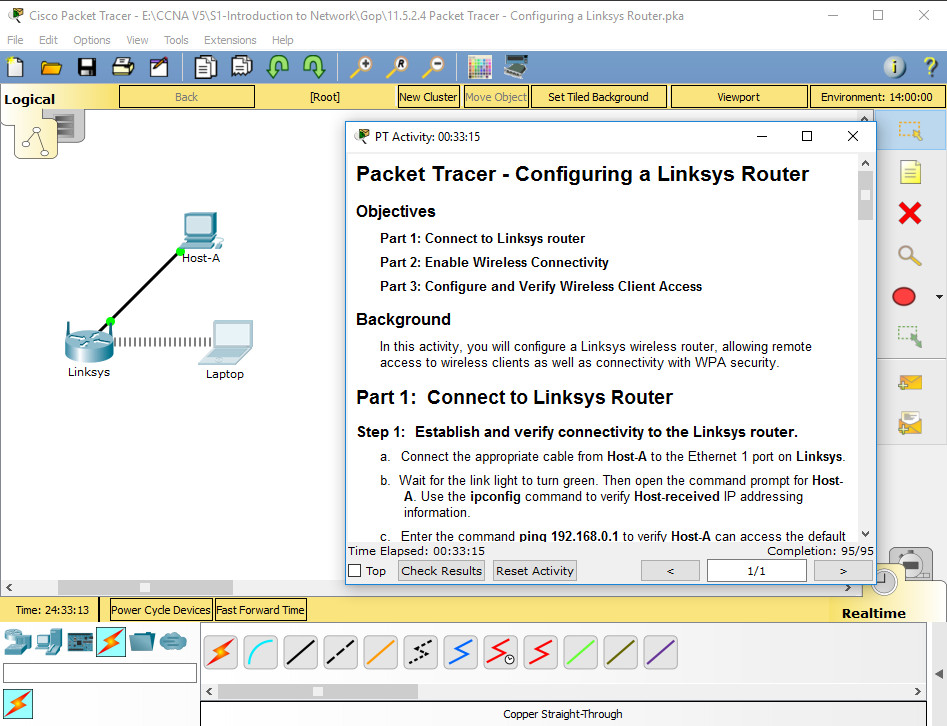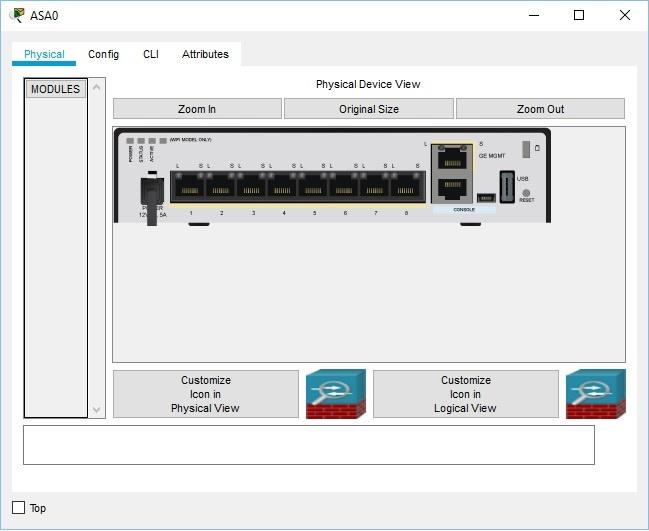

IPv6-Edge(config)# ipv6 route ::/0 Serial0/1/0 Step 3: Propagate the default route in EIGRP.Ĭonfigure the EIGRP routing process to propagate the default route. Step 2: Configure an IPv6 default route.Ĭonfigure a directly connected IPv6 default route on IPv6-Edge. Part 2: Propagate a Default Route in EIGRP for IPv6 Step 1: Verify EIGRP configuration on each IPv6 enabled router.ĭisplay the routing table of each IPv6 enabled router and verify that all IPv6 routes are visible. IPv4-Edge(config)# router eigrp 1 IPv4-Edge(config-router)# redistribute static Step 4: Verify IPv4 default route is propagating.ĭisplay the routing tables for Branch-1 and Branch-2 to verify the default route is now installed.

IPv4-Edge(config)# ip route 0.0.0.0 0.0.0.0 Serial0/1/0 Step 3: Propagate the default route in EIGRP.Ĭonfigure the EIGRP routing process to propagate the default route. Step 2: Configure an IPv4 default route.Ĭonfigure a directly connected IPv4 default route on IPv4-Edge. Part 1: Propagate a Default Route in EIGRP for IPv4 Step 1: Verify EIGRP configuration on each IPv4 enabled router.ĭisplay the routing table of each IPv4 enabled router and verify that all IPv4 routes are visible. Finally, you will verify the default routes by pinging hosts outside the EIGRP routing domain.

Then, you will configure the EIGRP routing process to propagate the default route to downstream EIGRP neighbors.

However, you are required to configure an IPv4 and an IPv6 default route. In this activity, you will configure and propagate a default route in EIGRP for IPv4 and IPv6 networks. Part 3: Verify Connectivity to Outside Hosts Scenario 7.1.2.4 Packet Tracer – Propagating a Default Route in EIGRP for IPv4 and IPv6 Addressing Table Device


 0 kommentar(er)
0 kommentar(er)
